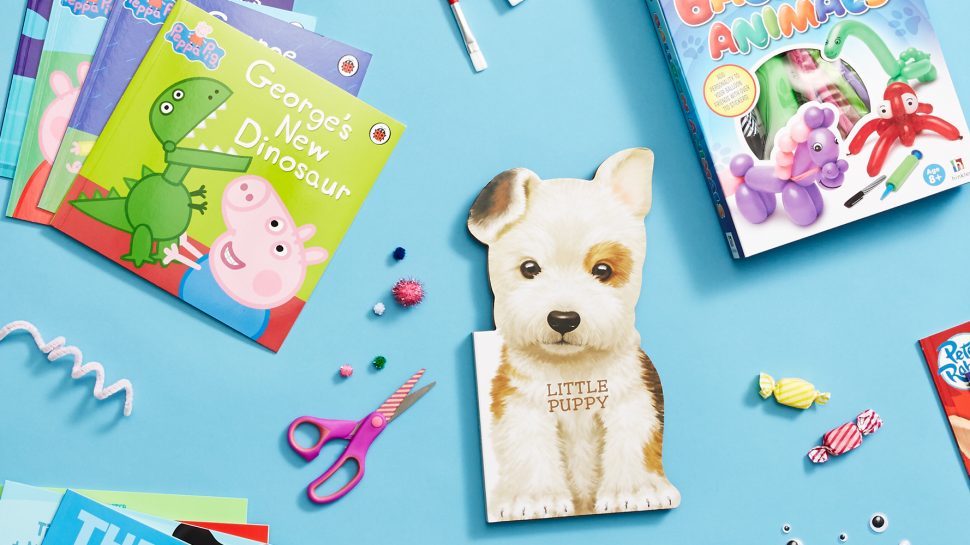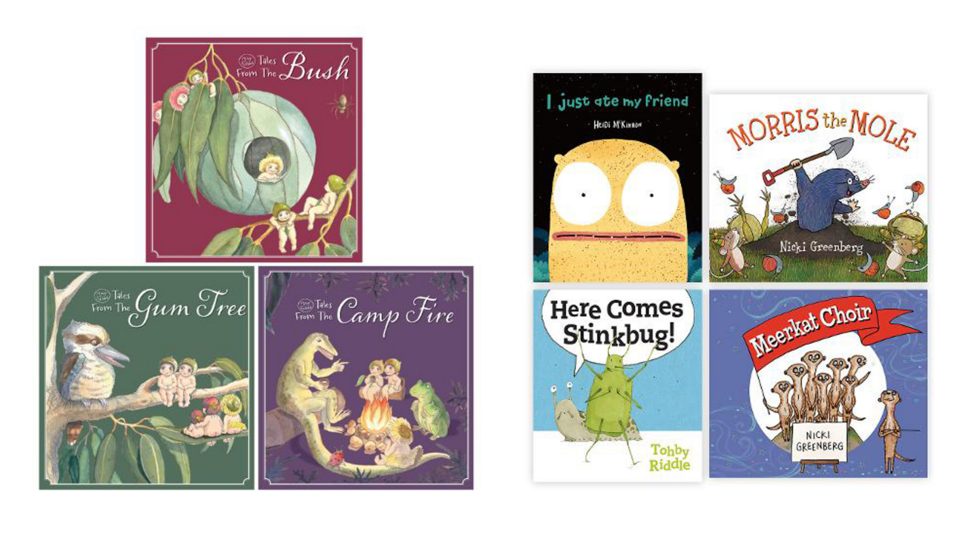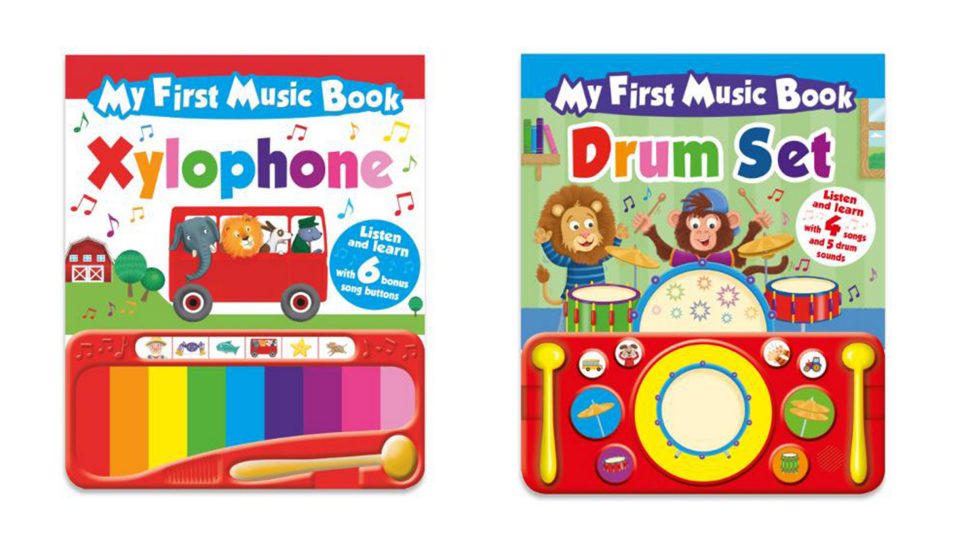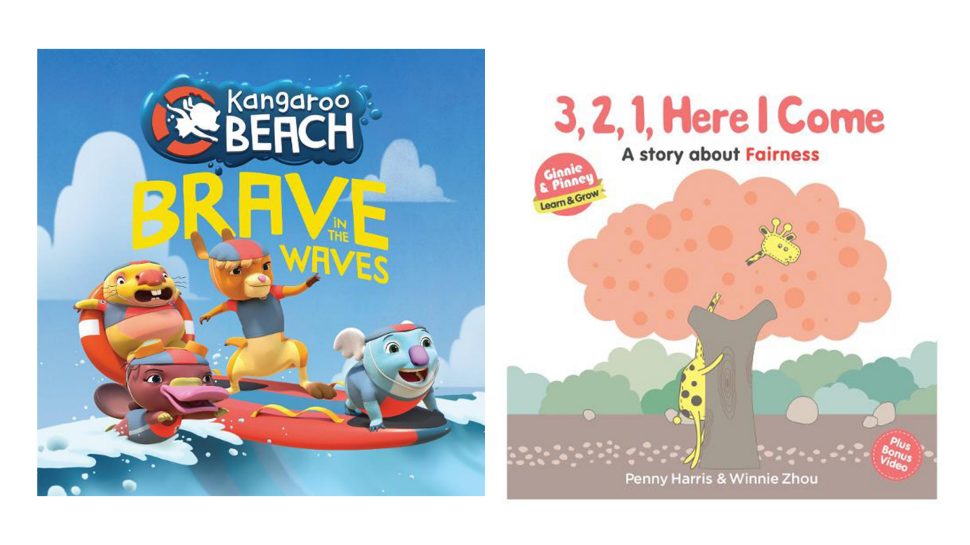5 storytelling tips your kids will love
Reading is a great way to fire up your child’s imagination and spend time together. Here are 5 tips to help you become a better storyteller for the kids in your life.

One of the best was to spend quality time with the little person/people you’re closest to is with a good book. Storytelling is a shared experience, where you can both travel to faraway places and meet fantastical creatures, all from the comfort of your home. Fortunately, reading also helps kids in other ways too.
Reading books, even from just a few months old, has been proven to develop literacy and language skills, and prepare children to learn to read. Stories teach young minds about complex concepts, such as identity, community, ethical dilemmas, emotions, and culture. In fact, our brains are hardwired to respond positively to well-told stories.
Reading is great for our brains and personal development. However, there’s the science of storytelling, and then there’s the art of it. Being a parent, aunt, uncle or significant person in any child’s life doesn’t mean you’ll have all the skills you need to raise and entertain little people.
Here are five ways to connect with your inner child and become a better storyteller for the kids in your life.
1. Revisit your own childhood
Think back on the stories you loved from your own childhood. What was it that made them stand out and seem special? Recalling these details is a great place to start developing your storytelling mastery and to feel inspired to read more often to kids.
Naturally, stories are a product of the time and place they were written in. Some will date faster than others and jumping out of a story to have to explain specific types of jobs, currencies or places that no longer exist can interrupt the flow of a good story. Of course, learning about history has its own benefits, but younger children can be distracted easily, so stick to stories that can be easily applied to the here and now.
Reading stories that take you back to your own childhood will also start other conversations about what’s different (and what’s stayed the same) between now and when you were a kid. Children love to hear your personal stories too, so mixing in a few books that you used to read with real tales from your own adventures as a kid will be sure to keep little people gripped.

Australian illustrator May Gibbs is bound to have a title or two that you can recall from your younger days. Choose from this May Gibbs Tales Book Pack ($16.99) which contains 3 titles – Tales from the Bush, Tales from the Gum Tree and Tales from the Camp Fire.
And for $16.99, you can delve into this Award Winning Australian Authors Book Pack that includes titles like Morris the Mole and Meerkat Choir.
2. Give in to repetition
Kids love hearing the same story over and over. It’s something parents will playfully bemoan, but there are good reasons why kids love repetitive storytelling. First, it’s part of the way they begin to make sense of the world. Repetition also helps children with key literacy and language skills, such as the patterns and rhythms of sentences, word recognition, and comprehension and confidence.
Reading every day right from birth is encouraged. With 365 days in the year, you’ll go through a lot of books by the time your child reaches school. Buying books that are part of a series can provide variety for the storyteller, and the routine and predictability that kids thrive on.

These best-selling Books to Treasure or The Australian Bush book packs ($16.99 each) are just one fan-favourite series you can mix and match to keep things interesting throughout the storytelling early years.
3. Add movement, sound and song
Not everyone has master storytellers in their family, but most of us can recall a teacher, librarian or other adult who knew how to make a story extra fun. Putting actions and sounds to the stories you tell is a sure-fire way to keep the attention of even the busiest toddler.

Having a few good props always helps. If singing is your thing, no toddler can go past a rendition of The Wheels on the Bus or Old MacDonald. Some of the best-known nursery rhymes have already been given the sound effects treatment in My First Xylophone Book or My First Drum Kit Book ($16.99 each).
For more sing-a-long options, try these one of these single sound books ($9.99 each) to help you remember all the words and actions.
4. Be a little bit silly
As Dr. Seuss says, nonsense is good, it “wakes up the brain cells.” However, reading at the end of a long day when everyone needs a rest can be tough night after night. So, a little break from reality can be good.

The Kangaroo Beach ($14.99 each) or Ginnie and Pinney ($7.99 each) books are perfect for taking the kids on a little adventure in their imagination.
Try using accents and different voices for the characters to make things more interesting, particularly if you know you’re going to be reading the same book over and over! And, don’t worry how badly your acting skills are, kids are very forgiving when it comes to an adult who’s willing to be a little bit silly.
5. Mix it up with activity books
Activity books are a great way to teach essential fine motor and concentration skills, particularly if you need to get a few things done while the kids are having ‘quiet time’. Children can keep themselves busy with the Jnr Explorer Magnetic Activity Book or the Jnr Explorer’s Big Activity Pad ($9.99 each).

All these activities help kids learn to follow instructions through pictures and words. You can even make up your own stories about the characters your kids create along the way.
Looking for more classic children’s books?
Looking for more classic children’s books?
